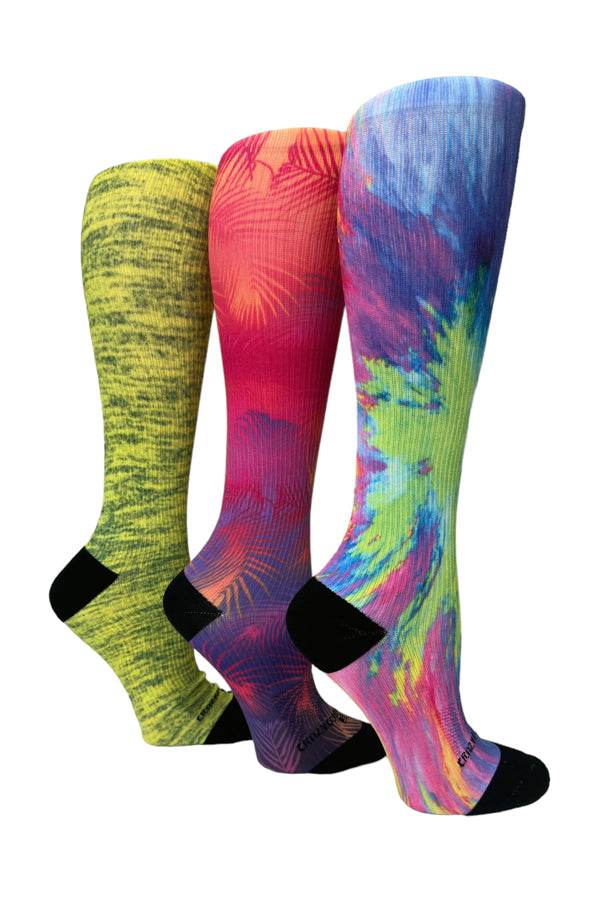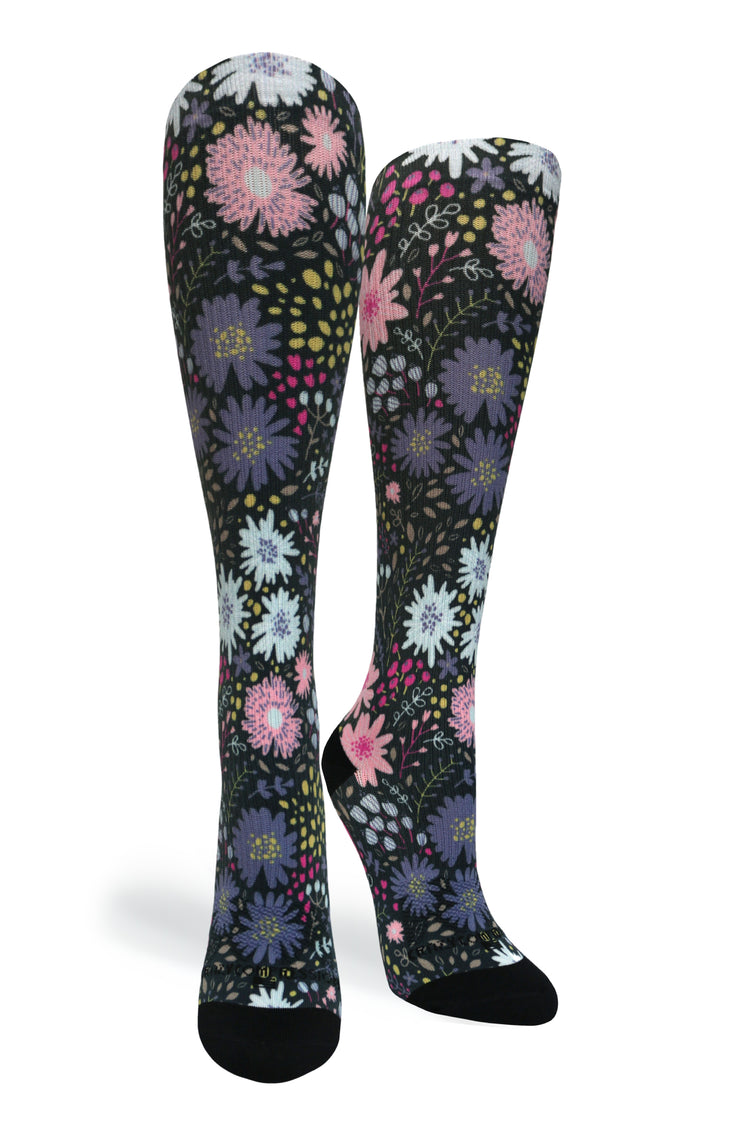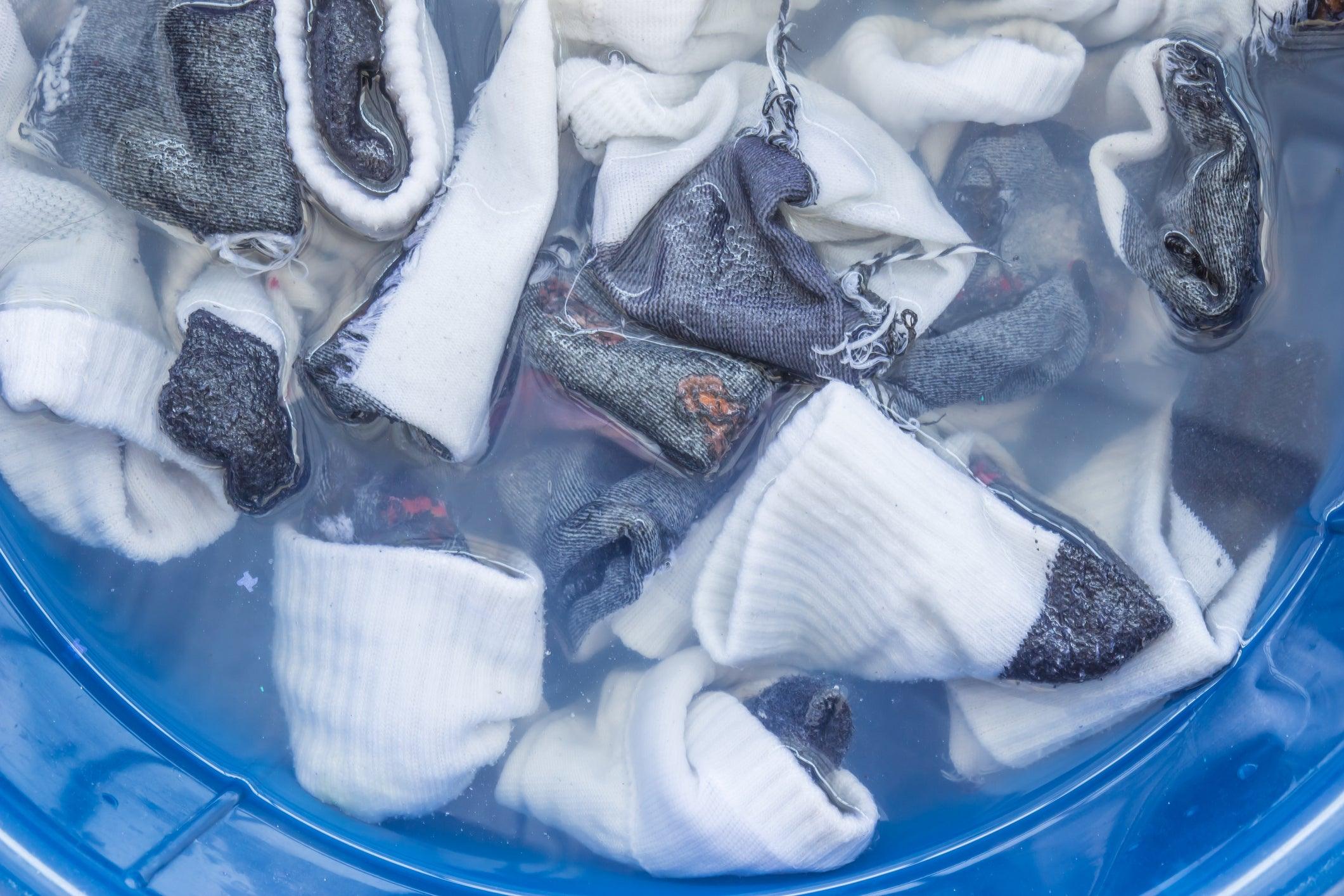Dancers are athletes, performers, and artists all in one. That means that whether you’re into ballet, hip-hop, tap, or jazz, all those leaps and turns can take a massive toll on your feet and legs. While runners stand to gain tremendously from the right type of compression socks, do the benefits carry over to dancers? In this article, we address whether compression socks for dancers are a smart idea, and if so, how you can get the most out of them.
Why wear compression socks?
First up, why would an athletic performer invest in compression socks in the first place? The healthcare industry, which has been relying on compression socks for decades, has a good answer: they improve venous blood flow between the legs and heart, which improves circulation in your legs and feet.
Improved circulation can:
- Fuel workouts and warm-ups
- Help avoid injury
- Boost post-workout recovery
- Reduce muscle soreness
- Reduce swelling and inflammation
Are compression socks for dancers, though?
Have you ever wondered why ballet dancers always reach for those iconic pink tights and tap dancers exude confidence on-stage in thick black stockings? Turns out, there’s a good reason. Aside from ease of movement, structured tights and stockings provide minimal compression to a dancer’s legs, improving blood flow. Intelligently designed compression socks go several steps further than dancer’s tights, delivering the ideal amount of compression so that you’re twirling and jumping sky-high.
How compression socks can level up your dance routine
During rehearsal
The boost in blood circulation your feet and legs get while rocking compression socks will help you jump higher and rehearse longer. You’ll feel lighter on your feet while perfecting your technique and minimizing the risk of injury. Your calves and ankles will thank you!
Before a performance
Dancers are often expected to rehearse late into the night, then perform for hours the very next day, all of which can take a massive toll on your muscles and joints. Wearing compression socks on the morning or afternoon of your performance, and even on your way to the venue, can help revitalize your legs and feet before you hit the stage.
During a performance
Sure, not every dancer can pull off socks on-stage, but if it’s an option for your type of dance, wearing compression socks can improve your performance by leaps and bounds (excuse the pun). The best compression socks for dancers won’t bunch up or slide down during your routine. For added oomph, the coolest compression socks come in ah-mazing colors and patterns, which means you can accessorize your costume AND get health benefits. Win-win!
Post-rehearsal, post-performance, and between classes
After dancing your heart out on stage or in the studio, aching legs are just part of the drill for most performers. While some muscle soreness just comes with the dance territory, there are steps you can take to make performing and rehearsing easier on your legs. The faster your recovery time, the more hours you can log leveling up your moves! Here are the best times to slip on compression socks for dancers:
- Good pointe. If pointe work, the most advanced and technical of classical ballet techniques, is part of your routine, then your feet will really be feeling the strain after a major performance or strenuous workout. Compression gear can help minimize discomfort while also working to repair your muscles after a particularly grueling routine.
- Between classes. When you’re just resting with your water bottle between classes, toss on your compression socks during the break to ease tired muscles.
- Elevate and chill. When you’re lying supine with your feet elevated as part of your recovery routine, pull on compression socks to boost blood flow.
- Out and about. Did we mention that the right compression socks won’t make you sacrifice good style? When you’re grabbing drinks with your dancer friends after rehearsal, you’ll look extra fresh with compression knee-highs that tell the world you’re a trend-setting artist.
Dance Harder, Better, Stronger with Compression Socks
Compression socks come in lots of different sizes and shapes, with stylish patterns and fun colors that can take you directly from the studio to brunch. The important thing is, you’ll be reducing inflammation and post-workout soreness, while boosting recovery time so you can dance longer and smarter!
So, are compression socks for dancers? Absolutely! Crazy Compression understands the unique needs of athletes and performers. That’s why we design socks with the perfect ratio of compression, stretch, and flair, so you can reduce stress on your muscles and joints while you keep on movin’.






























Leave a comment
This site is protected by hCaptcha and the hCaptcha Privacy Policy and Terms of Service apply.